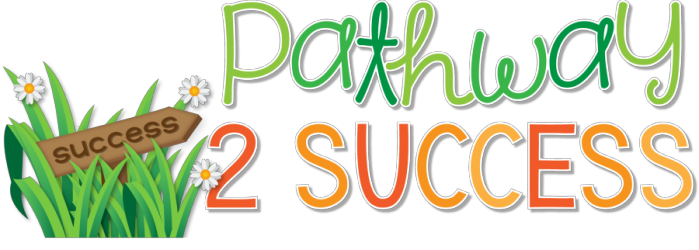Summer is almost overwhelming in a sense. Teachers have so much more free time and still so much we want to accomplish. I always like to encourage my own students to make lists and develop their goals on paper, so I figure I’d do the same with my summer aspirations. For other educator’s out there, […]
Surviving the Last Few Weeks (or Days) of School
Most schools in the U.S. are on the verge of ending school sessions for the summer. It’s an exciting time for both teachers and students. Sometimes I think the teachers are more excited than the kids! With the excitement, though, comes a lot of craziness and uncertainty about what the end of the year will […]
The Teacher-Student Connection
I would say that the most powerful item in my certified “bag of tricks” is simple: really connecting with the kids. Kids can totally see when an adult is being genuine and cares about them. They notice if you remember what sports they play, who their favorite band is, or how many siblings they have. […]
- « Previous Page
- 1
- …
- 4
- 5
- 6





